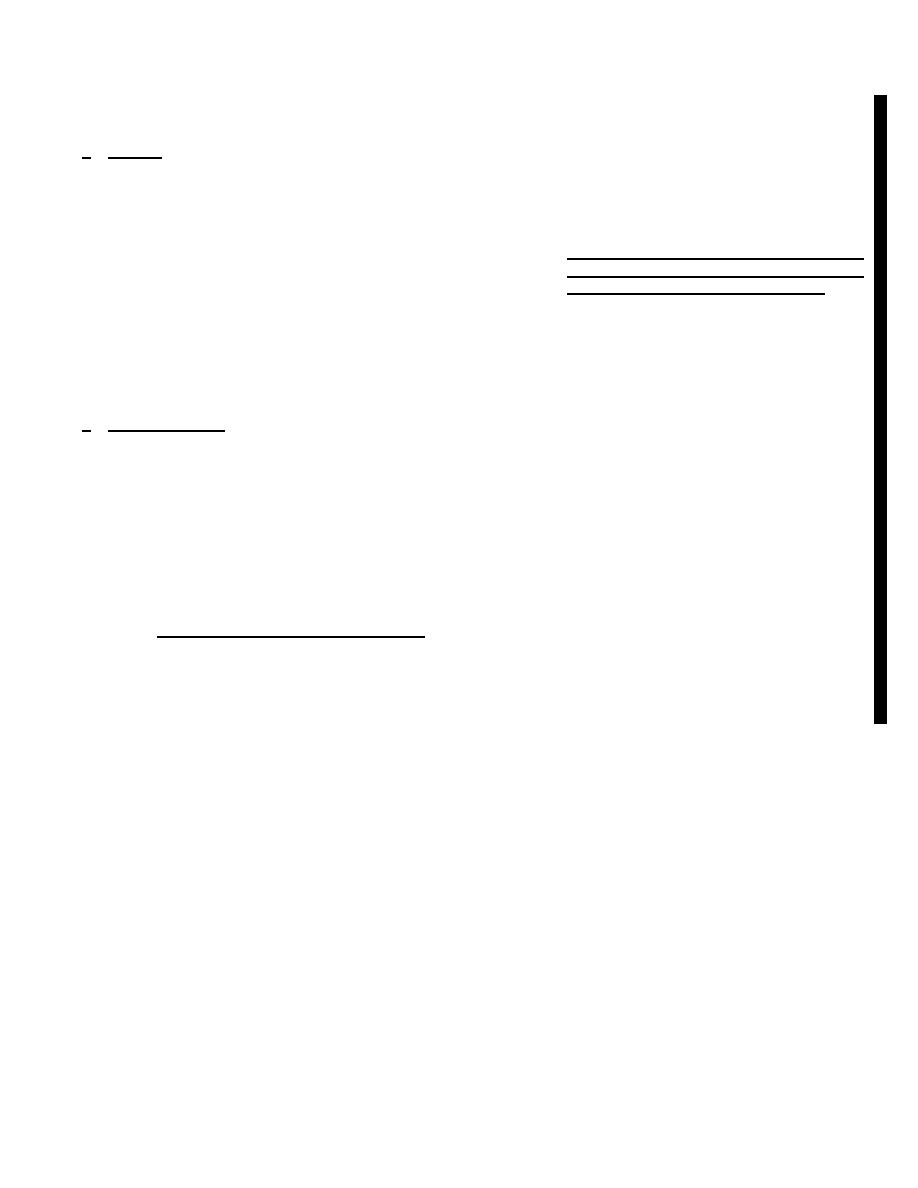
C1, TM 9-2350-230-12
buffed area, using the top of the can, clean fingers, or a
9.15.
Barrier Repair
brush. Allow the spread fluid to dry from 3 to 5 minutes,
depending on ambient temperatures. In extremely hot,
a. General.
dry X areas, the drying time may be reduced to as little
as 1 minute. In cold areas, the drying time may exceed 5
This procedure utilizes the cold patch technique
minutes. The treated surface should be dry to touch
(repair kit 5702943), and is intended for emergency field
before the patch is applied.
repairs at ambient temperatures above 250F. A
vulcanizing fluid is used which achieves adhesion
NOTE. If the fluid turns milky white after application,
through chemical reaction with the red uncured rubber
the surface is not perfectly dry or clean and
surface of the patch. The fluid is not a rubber cement,
Steps I and 2 above must be repeated.
therefore, must be used in conjunction with the patches.
Round patches are designed to accommodate holes up
(4) Remove approximately 1/2 of the foil
to 2" in diameter. Oblong patches are designed to
backing from the patch to be used, taking
accommodate tears less than 7" long. For tears longer
care not to touch the uncovered portion of
than 7", oblong patches may be overlapped to achieve
the patch. Apply the uncovered (red
the necessary length of repair. Overlap should be at least
uncured rubber) side of the patch to the
1-1/2" at the tear point.
prepared surface. Remove the remaining
backing material and press patch into
b. Repair Procedure.
place. Roll out any bubbles or wrinkles
from the patch by working from the center
(1) Using a wire brush or other suitable
of the patch to the edges (edge of fluid
roughener, buff an area around the tear or
can be used for this purpose). Make sure
hole approximately 1" larger than the
that the edge of the patch is adequately
patch to be used.
rolled.
(2) Remove dust from buffed area. Make
(5) Patch should be allowed to dry
certain that the surface is perfectly dry.
approximately 15 minutes to attain
Failure to follow these instructions will
maximum adhesive strength, however,
result in an ineffective patch.
immediate use is permitted under
emergency conditions.
CAUTION: Do not use benzene or any other solvent.
(3) Pour a sufficient amount of vulcanizing
fluid from the can to form a thin layer, and
spread over the
9-153

